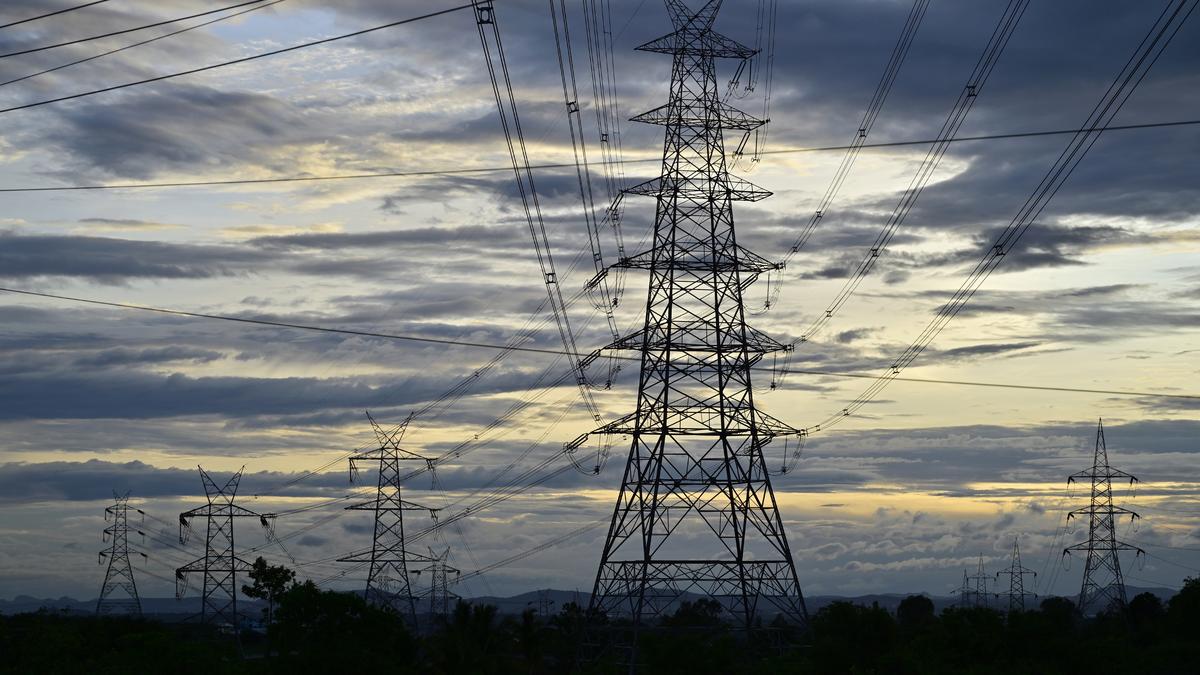
Generally, between March and June every year, electricity consumption peaks in the State as summer sets in, and both domestic and agricultural demand goes up.
| Photo Credit: MURALI KUMAR K
The early monsoon, unseasonal rains and good quantum of rainfall have resulted in electricity consumption in Karnataka remaining lesser than the expectations of the Energy Department. The electricity consumption was lower than the previous years, touching a three-year low in May with 7,283 million units (MU).
Generally, between March and June, electricity consumption peaks in the State as summer sets in, and both domestic and agricultural demand goes up. In 2023, April saw a consumption of 8,641 MU followed by 7,551 MU in May and 7,351 MU in June. In 2024, consumption soared in April (9,388 MU) and May (7,774 MU) as 2023 was a drought year and demand was consistently up until it rained in June 2024.
Subdued demand
In 2025, the State consumed 8,748 MU in April, 7,283 MU in May and 6,762 MU in the monsoon month of June. This year, monsoon set in earlier than usual over Karnataka on May 26. The State also received a record rainfall of 245.2 mm in the month, making it the highest quantum (for the month of May) since 1901, according to the data shared by India Meteorological Department (IMD). The State further received 8% surplus rain in June, even as some districts in South Interior Karnataka (SIK) witnessed a shortfall.
“Around January 31, electricity demand in the State started peaking and we were prepared for it to go up during the summer months. We were expecting consumption to go over 350 MU a day, but it stagnated at around 320–330 MU per day. After May 16–17, due to pre-monsoon activity and the subsequent early onset of monsoon, the demand was subdued and after monsoon began, the consumption came down to 230–240 MU per day. Due to good rainfall, domestic, agricultural and industrial loads went down,” explained Gaurav Gupta, Additional Chief Secretary, Energy Department.
Mr. Gupta also said that the electricity demand and consumption has gone down in neighbouring states as well due to monsoon activity resulting in lower exchange rates for power in the markets. “Monsoon activities also lead to increased wind generation even though it dampens solar generation a little. Gradually, when the rates go up, we will sell more in the market to compensate for the lower rates. Overall, we have been able to handle the demand for this season well,” he said.
Published – July 13, 2025 05:55 pm IST



















